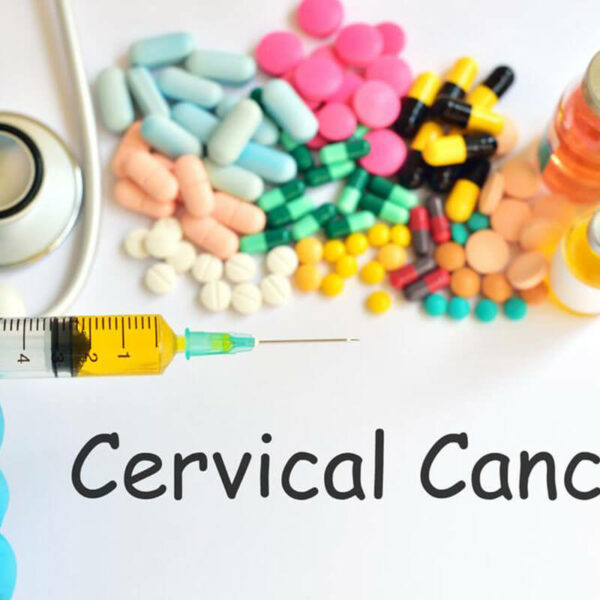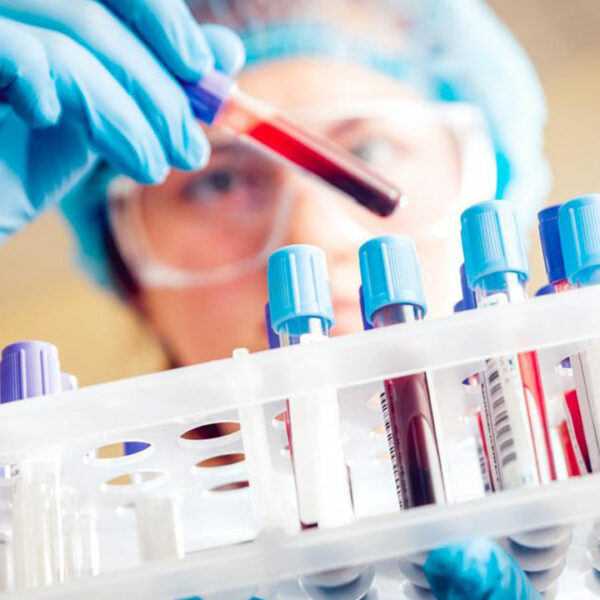
You Probably Had these BRCA Testing FAQs on Your Mind
A detailed guide to understanding what BRCA testing is, who should get tested, and what results you can expect. There are many forms of cancer, out of which some are hereditary cancers. With so many different types of the disease and many treatments and screening tests available, understanding hereditary cancers can be confusing. Hereditary breast and ovarian cancer (HBOC) is one such topic. There is also a genetic testing available to determine your risk factors for such cancers, known as BRCA testing. Here are some of the most common FAQS (frequently asked questions) about various aspects of BRCA testing. You most likely had one or more such questions on your mind, but did not know whom to ask. We provide you the answers that you were looking for about BRCA testing. What is BRCA testing all about? First of all, the genetic BRCA testing is not a test to detect whether or not if you have cancer. Rather, it is a test that helps doctors determine whether you and your family are at an increased risk of developing breast cancer or ovarian cancer. BRCA testing is done to check if there are any mutations in the BRCA1 or BRCA2 genes.









